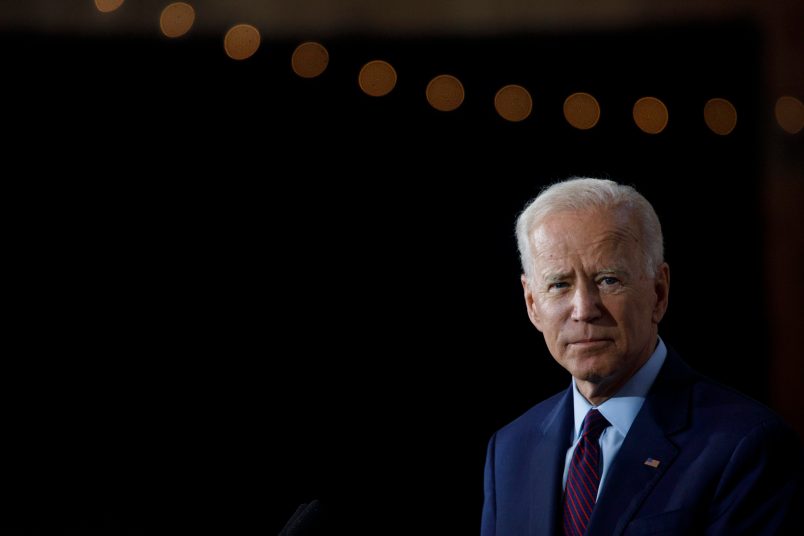The infrastructure plan that President Biden is set to announce in a speech in Pittsburgh on Wednesday aims to transform the country at its roots, renovating its transportation network while committing the U.S. to providing universal access to broadband internet and clean water.
The plan, if passed, will see the U.S. government spend $2 trillion over the next eight years, targeted at what a senior White House official described as reversing “decades of disinvestment” in roads, bridges, water systems, and other infrastructure essentials.
The senior White House official likened the bill to the creation of the Interstate Highway System under President Dwight Eisenhower and the space race of the 1960s, casting it both as a push to address the generational issue of climate change and to put the U.S. on a footing to challenge a rising China.
“This is an important moment to demonstrate that the U.S. and democracies can deliver for the people they serve,” the official said.
What Biden will announce in Pittsburgh on Wednesday constitutes half of what the administration intends to make a two-part infrastructure plan. This first portion focuses on concrete, brick-and-mortar infrastructure projects, while the second will aim to strengthen the welfare state.
The proposal — called the American Jobs Plan — calls for huge investments in transportation and basic necessities like water supply.
The White House has divided it into four areas: how Americans move, housing, health care, and manufacturing.
For transportation, the White House proposes $620 billion for infrastructure, which a senior official said would double federal funding for public transit and fund a network of 500,000 electric vehicle chargers around the country.
On housing issues, Biden will call for Congress to pass $650 billion that would make broadband accessible across the country, and which would provide “universal” clean water by replacing all lead pipes in the U.S. This part of the plan also calls for the country’s electric grid to be renovated, and would direct $213 billion towards building or retrofitting 2 million buildings for climate change.
On health care, the administration wants to expand the kinds of long-term care services eligible for coverage under Medicaid.
And finally, on manufacturing, Biden envisions putting $180 billion towards manufacturing and research and development in strategic areas like semiconductors and green energy technology.
That part of the plan will also call for $300 billion to be put towards stimulating domestic manufacturing more broadly in light of the COVID-19 pandemic, which has exposed how tenuous the country’s supply chains are. This includes $50 billion for a new government office that would monitor and finance industrial capacity in key areas, and another $30 billion for further vaccine research for future pandemics and to shore up the national strategic stockpile.
At this point, the White House does not plan to pitch changes to the individual tax code as a way of financing the bill. Instead, the official said, the legislation will roll back the Trump tax cuts on corporate America and tighten the ability of U.S. companies to shift profits abroad to escape taxation.
Biden will also highlight the work of unions in the plan, picking up on a theme that he’s pushed throughout the early months of his presidency. The proposal calls for Congress to pass the Protecting the Right to Organize Act, which would allow unions to override right-to-work laws and establish financial penalties for companies that violate workers’ rights.
It remains unclear how far the proposal will go in appeasing climate activists. The White House official suggested that many of the infrastructure investments were attempts to address climate change while also investing in parts of the country’s roads and rails that have been “crumbling.”
How the proposal will fare in Congress also remains extremely uncertain. Apart from changes to the plan itself, the question of the filibuster hangs over the entire project, which Senate Democrats have said they hope to pass through budget reconciliation, avoiding the 60-vote threshold.
But the bill’s fate may also mark how ready the country is to cast aside the kind of mindless austerity fear-mongering that infected the Obama years, in which Republicans bandied about concerns about the size of the national debt as a cudgel with which to beat back Democratic priorities. At the time, some Democrats took up those concerns, constraining their own proposals for economic theories that have long been debunked, and which the GOP in 2017 happily cast aside in favor of a massive tax cut.
But the breadth and ambition of the proposal suggest that the Biden administration does not feel the same constraints that the Obama administration had during its trifecta in 2009 and 2010.



